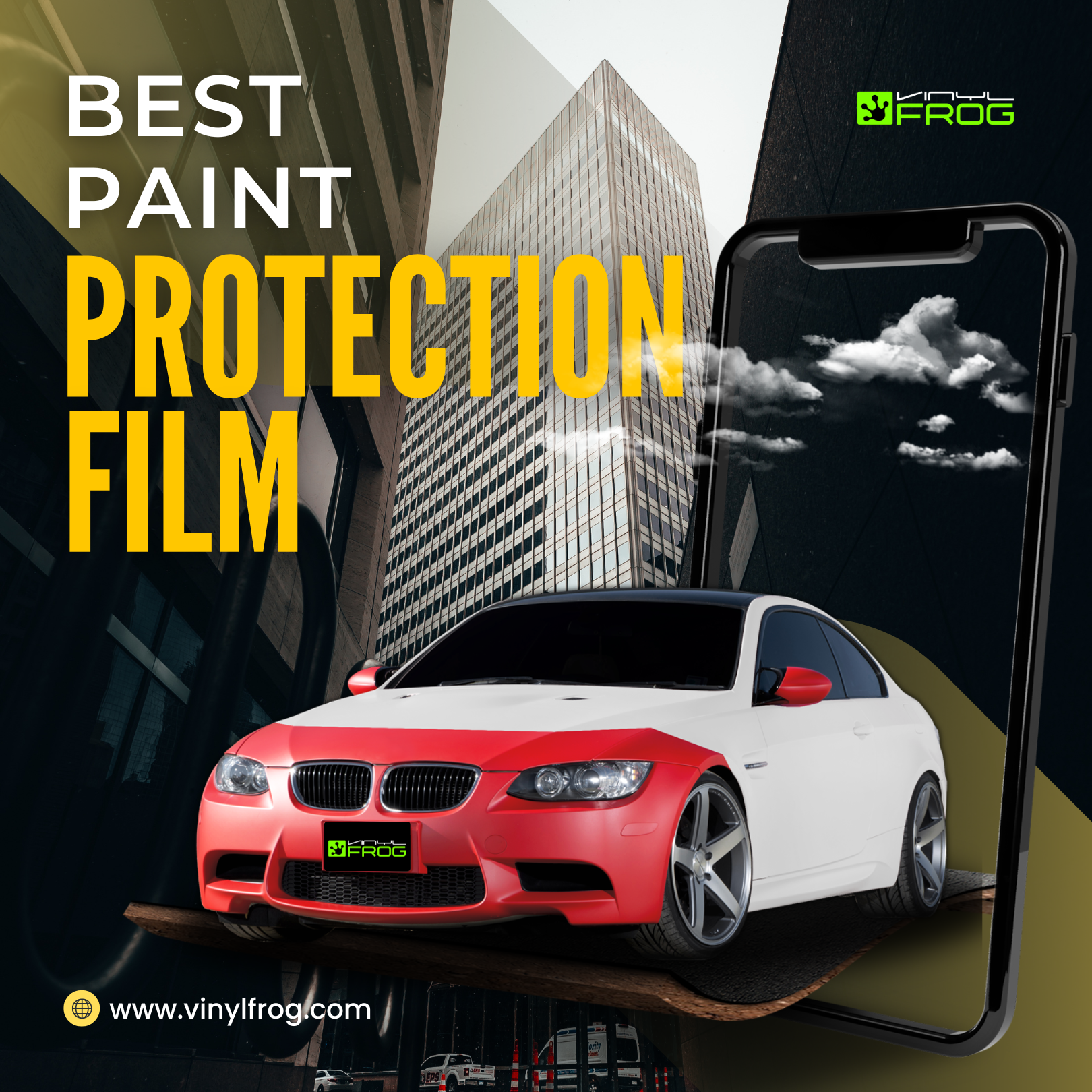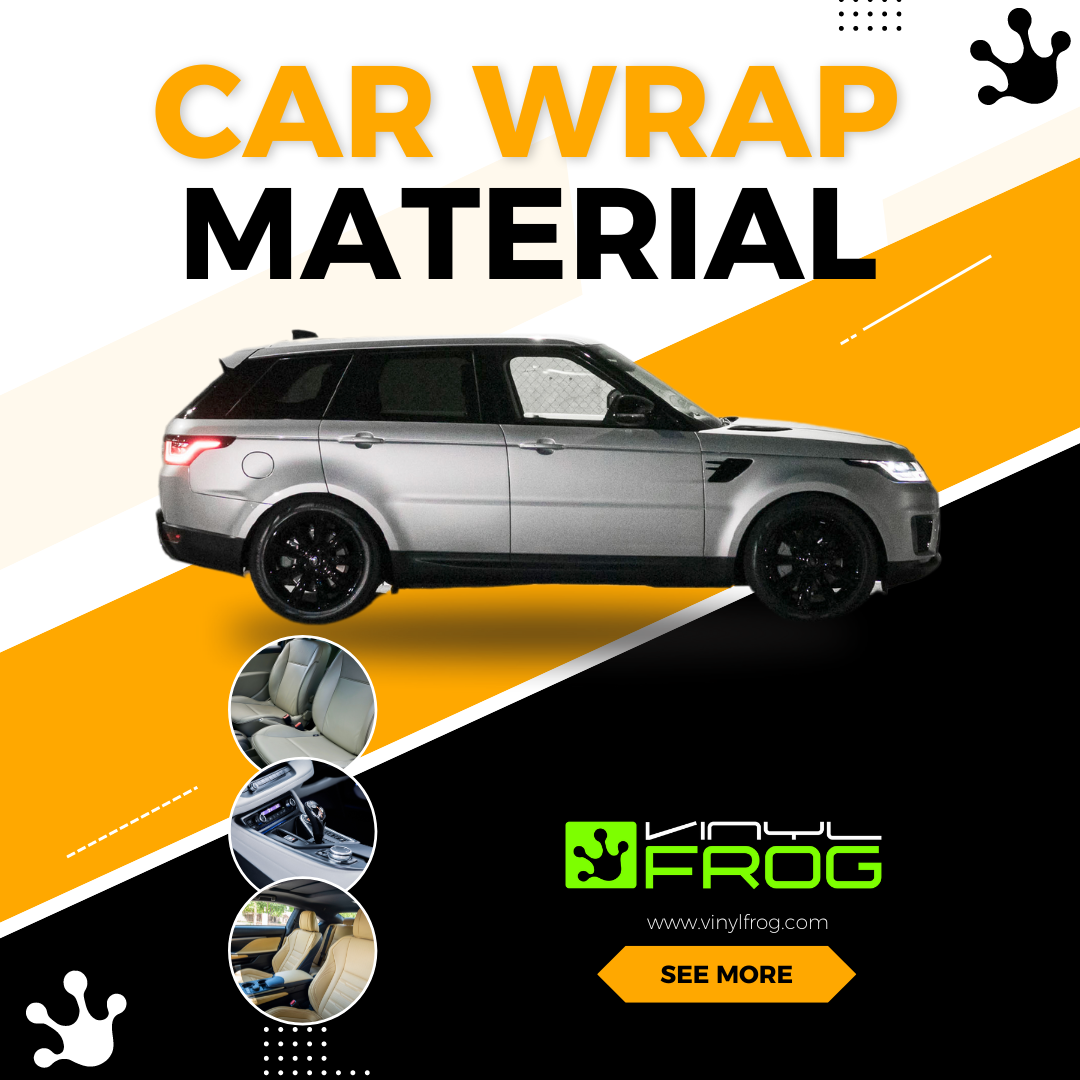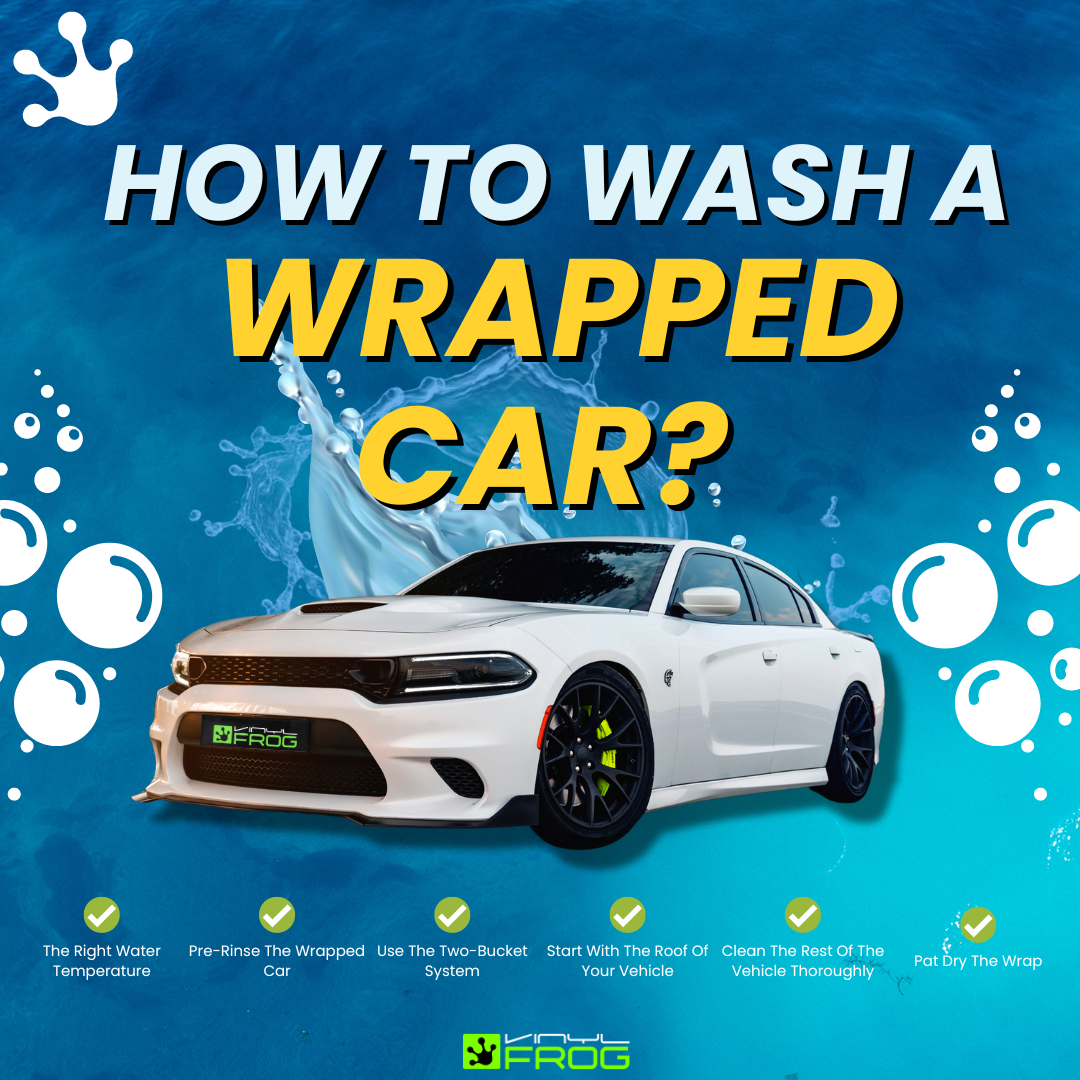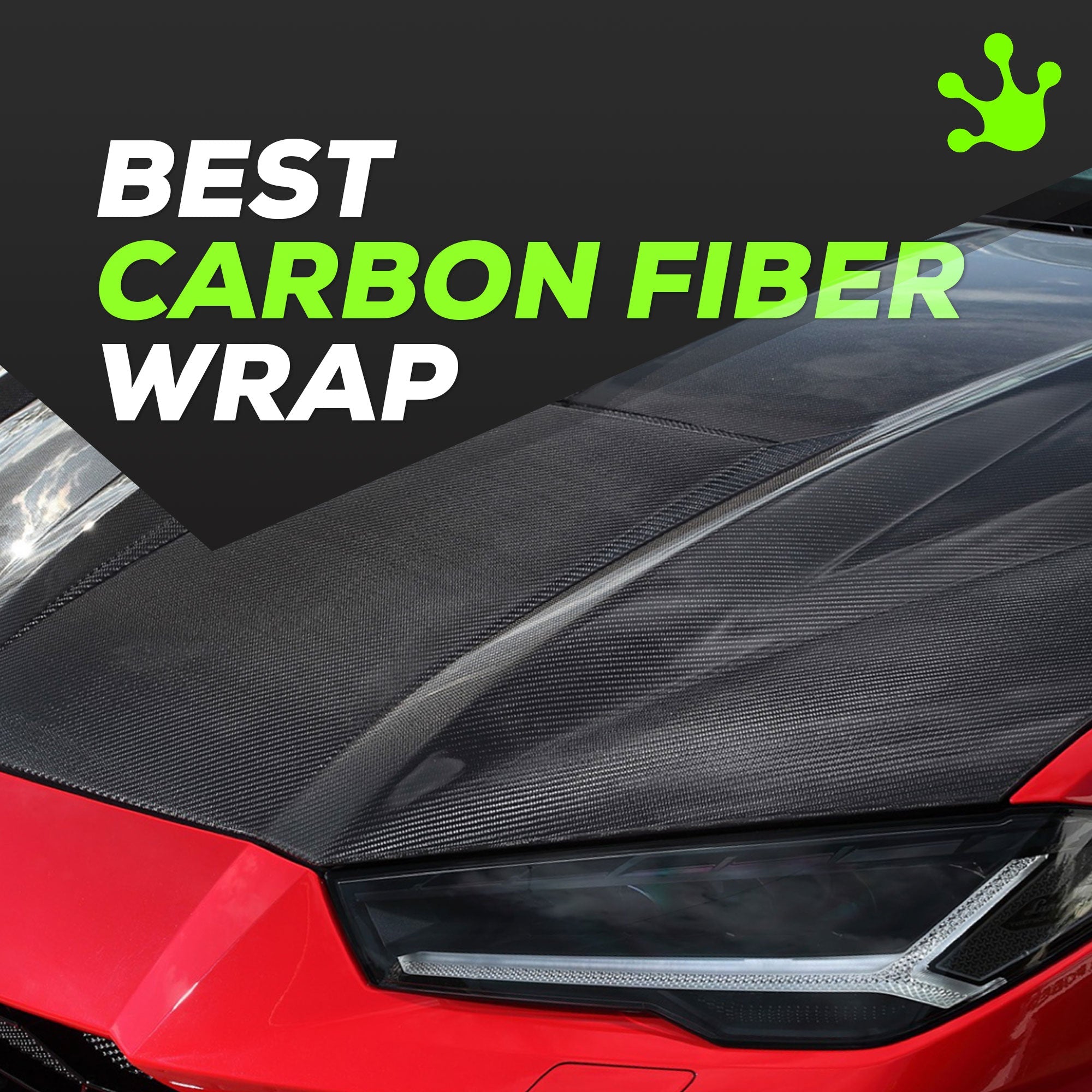Updated By Vinyl Frog On July 12, 2025
Paint Protection Film (PPF) Vs Vinyl Wrap

If you own a car, you’ve probably asked yourself, "Which is better: Wrap or PPF?" Both offer protection against the elements, but they differ in function and appearance. In this blog, we’ll compare vinyl wraps and Paint Protection Film (PPF), looking at their pros and cons to help you decide which is the right choice for your vehicle, considering factors like cost, durability, and availability.
Vinyl Wrap: What Is It And How Does It Work?
Vinyl wrap covers your vehicle’s exterior, offering both style and protection. Made from flexible vinyl with an adhesive layer, it defends against scratches and abrasions while preventing expensive paint repairs. Available in various colors and patterns, it can be easily removed and reapplied for customizable looks.

Paint Protection Film (PPF): What Is It And How Does It Work?
Paint Protection Film (PPF) is a translucent plastic that shields your vehicle’s paint from scratches, chips, and road debris. It’s applied during detailing or as a specialized service. PPF comes in two types: ceramic, which offers a glossy finish and shine, and vinyl, which has a matte finish to protect the paint’s color and prevent dirt buildup.
PPF (Paint Protection Film) isn’t just for cars and bikes; it can be used on motorcycle helmets, scooters, ATVs, and even golf carts. Simply peel off the backing, apply the film, and use a tool like a credit card or ruler to ensure a strong, durable bond.
Vinyl Wraps Vs PPF
Vinyl wrap Vs Paint protection film is a difficult decision to make because there are many factors that you should consider before making your choice. Consider the following factors:

- Material
- Appearance
- Protection
- Lifespan
Cost - Installation
Material
When choosing between the two, consider the materials: vinyl wraps are made from PVC, while paint protection film is made from polypropylene. Both are plastics but with different properties. Vinyl wraps are tougher and often provide a more aesthetic look when installed correctly. However, improper installation can reduce the lifespan of the wrap.
Appearance
Vinyl wraps and PPF look similar, both offering a smooth surface, but vinyl wraps are more translucent. Vinyl wraps are easy to remove and reapply, ideal for busy schedules. For stationary vehicles, like at car shows, PPF provides superior durability and long-lasting protection.

Protection
Vinyl wraps protect against UV rays, insects, and external damage but don't shield the interior from moisture or chemicals like tar or paint thinner. In areas with frequent snow or rain, consider products like Paint Protection Film (PPF) or spray-on coatings for better water and moisture protection.
Lifespan
The lifespan of Vinyl Wraps vs PPF depends on care. Vinyl is durable, but improper cleaning or friction can damage it. Dirt or soil trapped under the wrap can also affect its lifespan. With proper care, vinyl can last longer than PPF.
Cost
PPF is more expensive than vinyl wraps, with vinyl wraps costing $1,000 to $4,000 (including labor), while PPF ranges from $5 to $10 per square foot. PPF is made from recycled plastic (e.g., PET bottles) and is less durable than vinyl. However, it can be used on older vehicles where restoration costs aren’t justified. While PPF is reusable and recyclable, it doesn’t offer the same durability as vinyl on vehicles.
Installation
Vinyl wraps are easy to install with an adhesive backing, making them ideal for DIY projects. PPF, however, requires adhesive application before wrapping, making the process more complex.
Durability
The key factor when choosing between PPF and vinyl wrap is durability. Vinyl wraps are resistant to elements, chemicals, and extreme weather, making them a more durable option than PPF. Since vinyl lasts longer, you’ll save money in the long run as it won’t need frequent replacement due to damage.
Maintenance
Vinyl wraps require regular cleaning, at least once a week, to prevent peeling and scratches, which can be time-consuming and costly to fix. In contrast, PPF requires minimal maintenance, as its design prevents dirt and dust from entering, ensuring it stays intact longer without the risk of peeling.
Frequently Asked Questions
Final Words
Ultimately, the choice between PPF and vinyl wrap depends on your preferences and needs. If you prefer a shiny, glossy look, vinyl is the better choice. However, for a matte finish with long-lasting protection against scratches and damage (2-3 years), PPF is the way to go. While comparing these options can be challenging, we've broken them down to help you decide which suits your needs best.


















